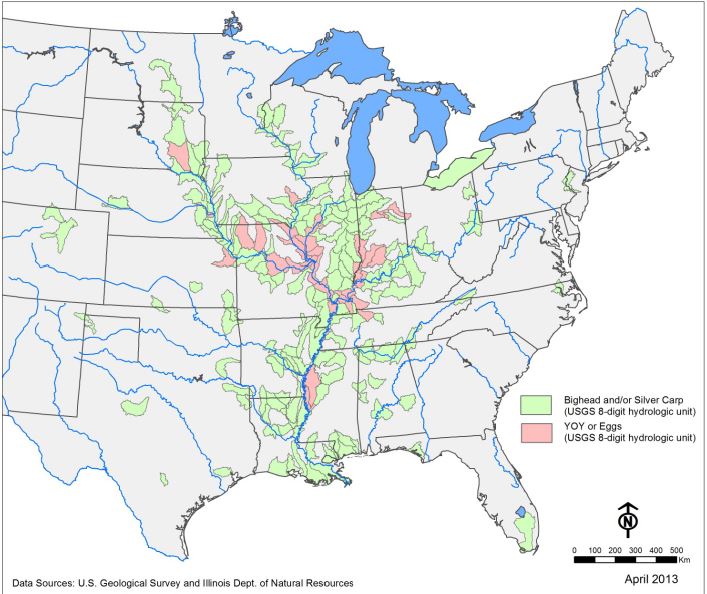 “Asian carp have harmed the ecosystem, the economy, property, and boaters in the Mississippi River system. The diet of Asian carp overlaps with the diet of native fishes in the Mississippi and Illinois Rivers, meaning the carp compete directly with native fish for food,” says the Asian Carp Regional Coordinating Committee website.
“Asian carp have harmed the ecosystem, the economy, property, and boaters in the Mississippi River system. The diet of Asian carp overlaps with the diet of native fishes in the Mississippi and Illinois Rivers, meaning the carp compete directly with native fish for food,” says the Asian Carp Regional Coordinating Committee website.
That website, and other information on Asian carp, emphasize the danger to humans from the carp. The carp are large and jump as high as 10 feet out of the water when startled. Since passing boats startle the fish, they injure boaters.
The focus has been on keeping Asian carp, a term that includes both bighead carp and silver carp out of the Great Lakes, which already has enough invasive species, thank you, and where the carp are expected to do horrible things to the food chain.
This week, however, the bad news is that Asian carp have spread farther north in the Mississippi River. Their eggs have been found as far north as Lynxville, Wisc.
“This discovery means that Asian carp spawned much farther north in the Mississippi than previously recorded,” said Leon Carl, US Geological Survey Midwest Regional Director in a USGS press release. “The presence of eggs in the samples indicates that spawning occurred, but we do not know if eggs hatched and survived or whether future spawning events would result in live fish.”
Read the USGS press release with all the details, here.
Read an article in the Milwaukee Journal-Sentinel, based mostly on the press release here.
Another article, in the Minneapolis Star-Tribune, also leans heavily on the press release. Read it here.
Map: Asian carp distribution, as of April 2013. Map courtesy of Asian Carp Regional Coordinating Committee

 What is an Eastern coyote? One theory holds that it is a wolf-coyote hybrid formed when Midwestern coyotes crossed through Canada and mated with Eastern wolves.
What is an Eastern coyote? One theory holds that it is a wolf-coyote hybrid formed when Midwestern coyotes crossed through Canada and mated with Eastern wolves.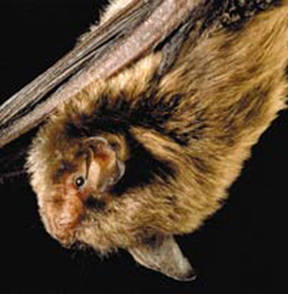 A paper in the recent issue of
A paper in the recent issue of 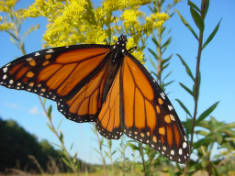 The number of monarch butterflies wintering in Mexico has plummeted in the last two years. Many factors are involved, but widespread use of glyphosate (an herbicide) is one cause that’s under human control.
The number of monarch butterflies wintering in Mexico has plummeted in the last two years. Many factors are involved, but widespread use of glyphosate (an herbicide) is one cause that’s under human control.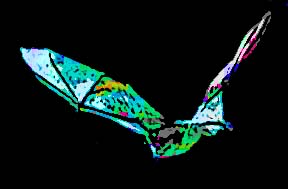 After the Wallow Fire, Arizona’s largest wildfire, burned 538,000 acres, a half-dozen biologists lead by Northern Arizona University researchers came in to study bats’ reaction to the changed ecosystem, an article in
After the Wallow Fire, Arizona’s largest wildfire, burned 538,000 acres, a half-dozen biologists lead by Northern Arizona University researchers came in to study bats’ reaction to the changed ecosystem, an article in 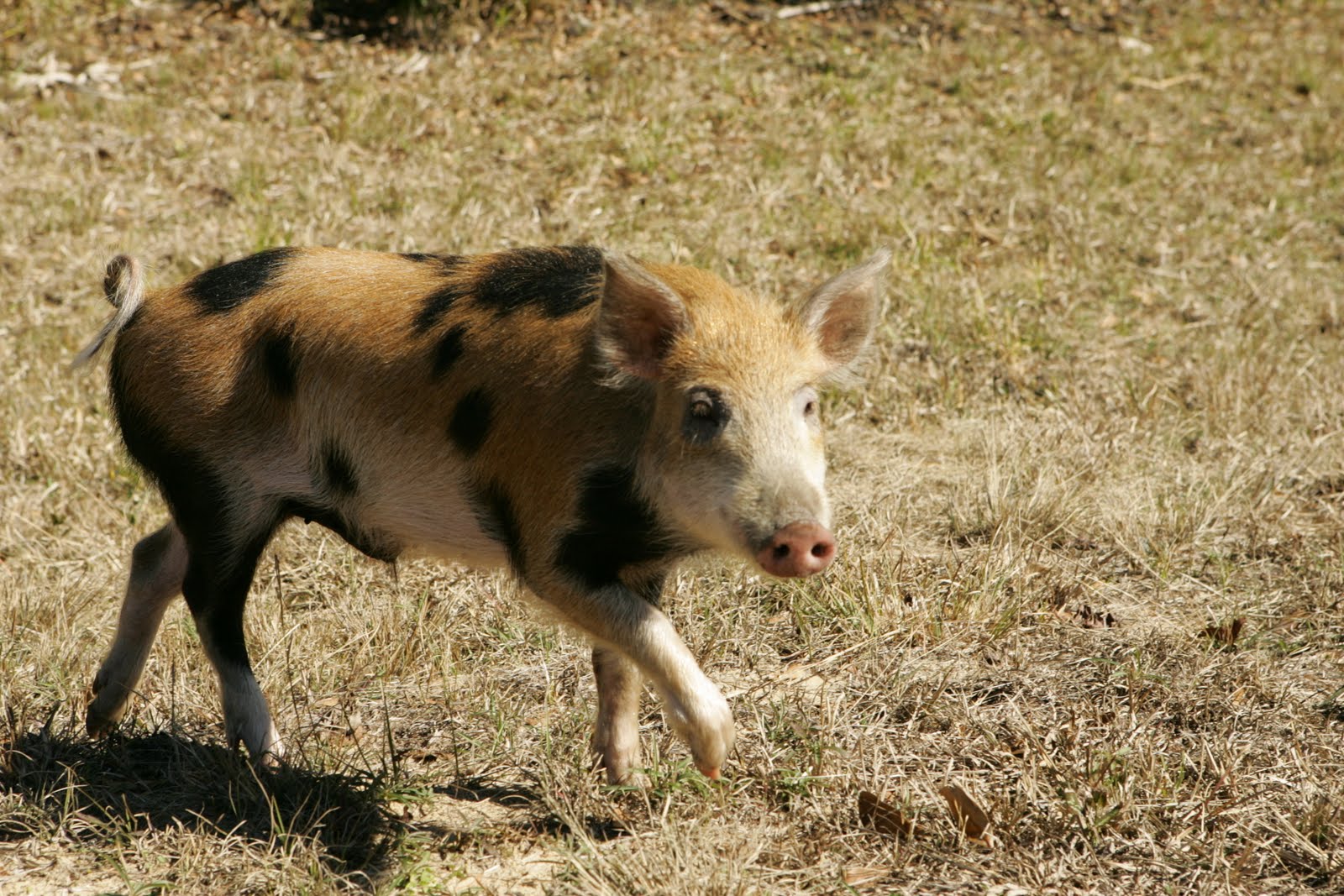 If you just can’t get enough feral hog news, eXtension, a network of university extension services has a resource for you: the
If you just can’t get enough feral hog news, eXtension, a network of university extension services has a resource for you: the  How do I put this nicely? Ducks drop dead every day. So do geese, grebes and other waterfowl. Several diseases, such as avian cholera, are capable of sweeping through large flocks, leaving many bodies behind. Most stories about waterfowl deaths end in the cause being something quite natural, if unpleasant for the neighbors.
How do I put this nicely? Ducks drop dead every day. So do geese, grebes and other waterfowl. Several diseases, such as avian cholera, are capable of sweeping through large flocks, leaving many bodies behind. Most stories about waterfowl deaths end in the cause being something quite natural, if unpleasant for the neighbors.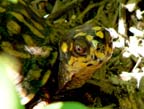 A central Massachusetts land owner sued for the right to build on his property without restriction, despite the fact that the land was deemed “priority habitat” for the state endangered Eastern box turtle. The case was first heard in court in 2009.
A central Massachusetts land owner sued for the right to build on his property without restriction, despite the fact that the land was deemed “priority habitat” for the state endangered Eastern box turtle. The case was first heard in court in 2009.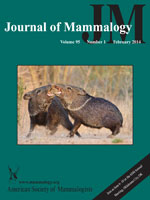 Here are the articles of interest in the most recent issue of the
Here are the articles of interest in the most recent issue of the